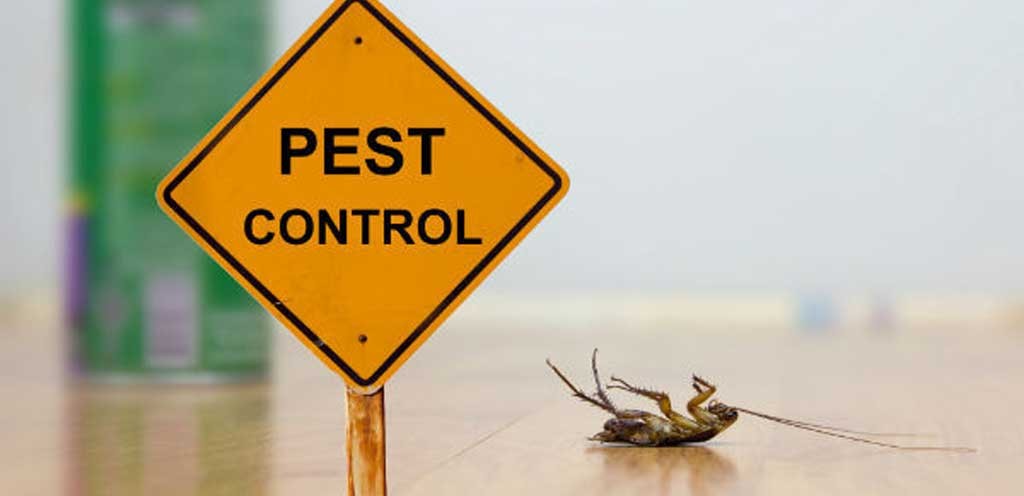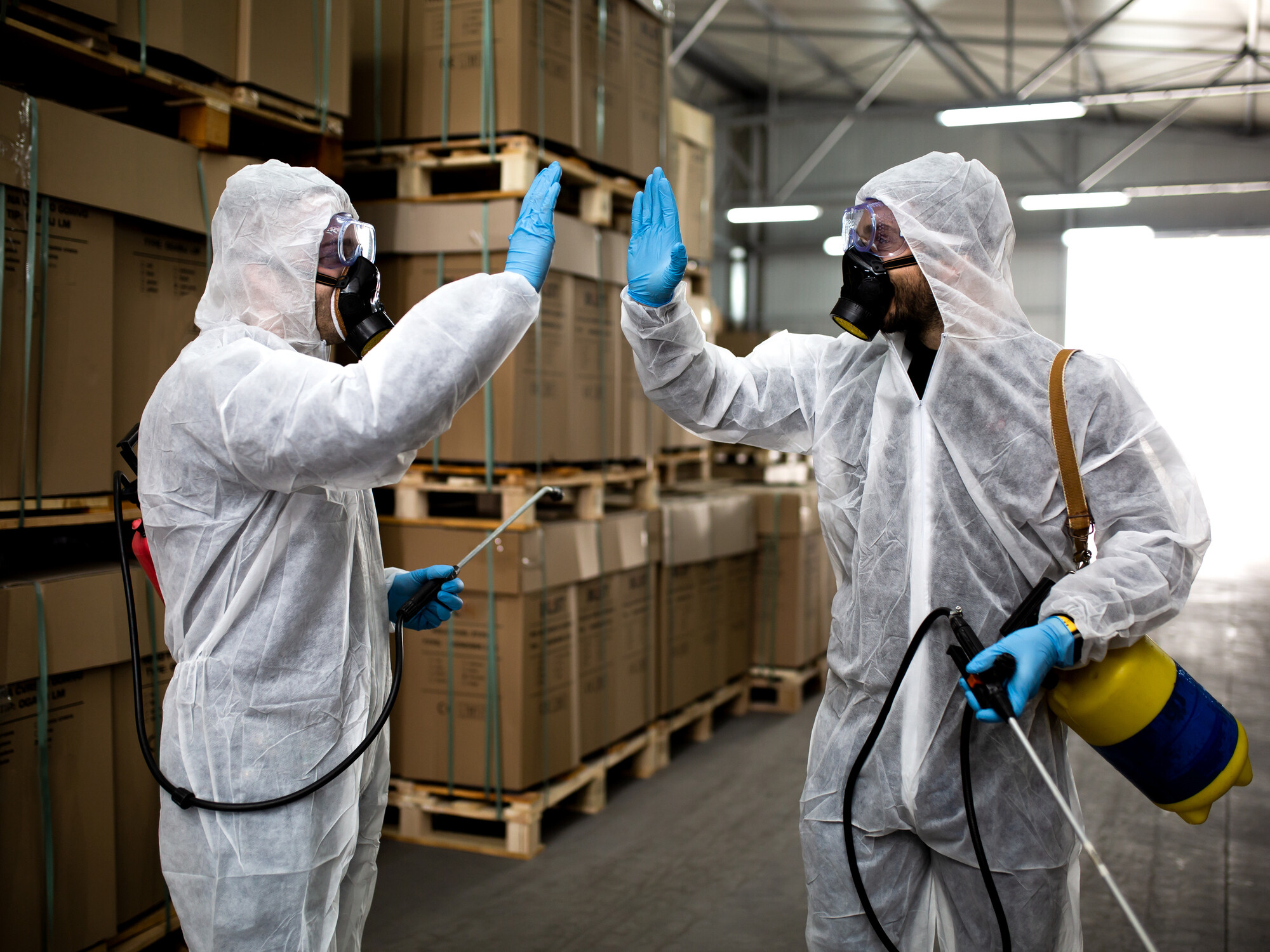Trusted Pest Control Near Me: Your Companion in Pest Monitoring
Understanding the good and bad points of several pest control management Techniques
Pest control management is actually a critical part of maintaining healthier and productive environments, whether in agricultural configurations, residential places, or commercial companies. Making use of the abundance of bugs and also the possible harm capable trigger, it becomes essential to check out various pest control strategies. But not all practices are manufactured equal, and knowing the pluses and minuses of numerous approaches is key to producing well-informed decisions. From chemical aerosols to biological control, bodily obstacles to traps and baits, plus the alternative approach of incorporated pest administration, each method comes with a unique group of benefits and limits. Within discussion, we will check out these methods, considering their particular effectiveness, threats, green effect, and potential drawbacks, while we try to understand a comprehensive knowledge of pest control management techniques.
Chemical Sprays: Efficiency, Risks, and Environmental Influence
Chemical aerosols, though widely used for pest control management, call for a consideration regarding efficiency, threats, and environmental impact. In terms of efficiency, chemical sprays is generally highly efficient in removing pests. They have substances that target specific bugs, disrupting their existence cycles and finally eradicating all of them. These aerosols provides a fast and immediate treatment for pest infestations, making them a prominent choice for numerous homeowners and companies.
But is very important to acknowledge the potential risks related to chemical sprays. The chemical compounds found in these aerosols is harmful to both pests and individuals alike. Direct experience of these chemical substances may cause skin irritations, breathing issues, and even more serious health conditions if ingested. Furthermore, the overuse or misuse of chemical sprays can cause the development of pesticide resistance among pests, leading them to more difficult to manage in the end.
Additionally, the environmental impact of chemical aerosols shouldn't be overlooked. These aerosols can contaminate soil, liquid sources, and also the environment we inhale. They may be able harm useful insects, birds, also creatures, disrupting natural ecosystems. Moreover, the accumulation of pesticide residues for the atmosphere may have long-lasting results on overall biodiversity and environmental stability.
Biological Regulation: Good And Bad Points of employing Organic Predators
Making use of organic predators as a type of biological control supplies both advantages and disadvantages in bug administration tricks. One of several benefits is really an environmentally friendly strategy. Normal predators, such as for instance ladybugs, lacewings, and parasitic wasps, feast upon insects, reducing their own populations obviously without the need for chemical pesticides or herbicides. This helps to steadfastly keep up the environmental stability and conserves biodiversity within the ecosystem.
Another advantage of utilizing all-natural predators is they can target certain insects. Unlike substance sprays which could hurt beneficial bugs, organic predators have the ability to find and feast upon certain bug species. Pest control near me. This targeted method can properly manage bug populations without creating damage to additional bacteria from inside the planet
However, there are disadvantages to relying on all-natural predators for pest control management. One restriction is it might take much longer observe results compared to chemical methods. Normal predators need time and energy to find and establish on their own in your neighborhood, as well as their effectiveness can vary depending on facets instance heat and accessibility to victim.

bodily Barriers: Strengths and restrictions of employing Nets and Fences
Real obstacles, for example nets and walls, offer a few strengths and limitations in bug management methods. These actual obstacles can be always protect against pests from accessing crops, gardens, or any other places that capable trigger damage. One of many benefits of making use of nets and walls is the effectiveness in keeping insects out. By generating a physical barrier, they can effectively block the entry of pests, such as pests, wild birds, or tiny animals. This could possibly considerably reduce the harm as a result of insects that assist maintain the high quality and produce of plants. Also, nets and walls tend to be environmentally friendly and don't entail the usage of chemical pesticides, making them a safer selection for both humans therefore the planet.
But there are limitations to utilizing nets and fences for pest control management. One limitation will be the expense related to installing and keeping these actual obstacles. With respect to the sized the spot becoming safeguarded, the price of products and work can be considerable. Another restriction would be that nets and walls may not be successful against all types of insects. Some insects, particularly burrowing creatures or flying bugs, might discover techniques to avoid or conquer these barriers. Also, nets and fences can also limit ventilation and sunshine, that might have adverse effects throughout the development and growth of plant life.
Traps and Baits: Recognizing Their Unique Efficiency and Potential Drawbacks
Barriers and baits play a crucial role in pest control management techniques, offering an effective ways recording and eliminating bugs while minimizing dependence on chemical pesticides (Pest control near me). These techniques are generally useful for controlling rats, insects, also undesired pests. Barriers are designed to literally capture bugs, preventing all of them from causing additional harm or spreading illnesses. Baits, however, tend to be substances that attract bugs consequently they are frequently laced with harmful chemicals to destroy all of them
Traps can be found in different forms, such as snap traps, adhesive barriers, and live traps. Snap traps are commonly used for catching rats or rodents, while adhesive traps are effective for trapping bugs. Live barriers tend to be gentle solutions that allow for your capture and relocation of bugs without harming all of them. Baits, alternatively, are typically made of meals or other appealing materials that entice bugs to take all of them. These baits are usually coupled with pesticides or herbicides or additional resources contaminants that eliminate the insects.
One of the main advantages of traps and baits is their targeted approach, concentrating on particular pest varieties while minimizing damage to non-target organisms and the environment. They also offer a non-chemical substitute for pest control management, decreasing the dangers connected with substance pesticide usage. However, like most pest control management approach, traps and baits have their downsides. They could perhaps not totally get rid of pest communities, demanding ongoing monitoring and servicing. Furthermore, the potency of traps and baits may vary according to bug species, their conduct, together with ecological conditions. Mindful positioning and standard inspection are important for optimum effects.
incorporated Pest Management: Advantages and Challenges of a natural Approach
The holistic strategy of Integrated Pest control (IPM) offers various benefits and presents unique problems in the field of pest control management. IPM is targeted on the reduction, tracking, and command over pests through a mixture of techniques that decrease the use of pesticides. One of the most significant benefits of IPM is actually the environmental friendliness. Through the use of renewable techniques such biological control, cultural procedures, and environment control, IPM reduces the reliance on chemical pesticides, generating a safer and healthier atmosphere for individuals and creatures. In addition, IPM promotes lasting bug administration solutions, whilst emphasizes the importance of comprehending pest behavior and try this ecology. This knowledge permits specific treatments that tackle the basis factors that cause pest infestations, instead of just managing the outward symptoms. However, implementing IPM is generally challenging. It takes a thorough understanding of bug biology, also the capability to precisely supervise and identify pests. Moreover, IPM often requires a significant expense of the time and resources, because it involves routine spying as well as the implementation of numerous methods. However, the key benefits of IPM, including reduced pesticide utilize and lasting pest control, make it an important method in the field of bug management.
Conclusion
